Entrepreneur and restaurateur Sherry Villanueva is making a difference in the Funk Zone and beyond.
Sherry Villanueva stands smiling at the counter of one of her eight restaurants and bars in Santa Barbara, the Helena Avenue Bakery in the Funk Zone. “What would you like for breakfast?”
The aroma of fresh-baked goods from the open kitchen, the scrumptious breads and pasties, and the descriptions on the menu, are head-spinning. Is “Everything!” an acceptable answer? Wildflower honey ricotta on sourdough toast with blood orange, thyme, bee pollen. It’s as delicious as it sounds and features a fruit change based on the season.
Longtime Santa Barbara residents remember the Funk Zone as a downscale part of downtown that transformed after Sherry and her partner, real estate developer Brian Kelley, opened The Lark restaurant and Lucky Penny pizza place in 2013.
As we try to create equitable, vibrant, and livable new neighborhoods in space-challenged Santa Barbara, adaptive reuse of older buildings is a key, and Sherry’s transformation of a dilapidated 10,000-square-foot warehouse a prime example.
Sherry is a creative force who designs each restaurant and space as a unique experience with inventive foods and environments designed to draw people together to create a community.
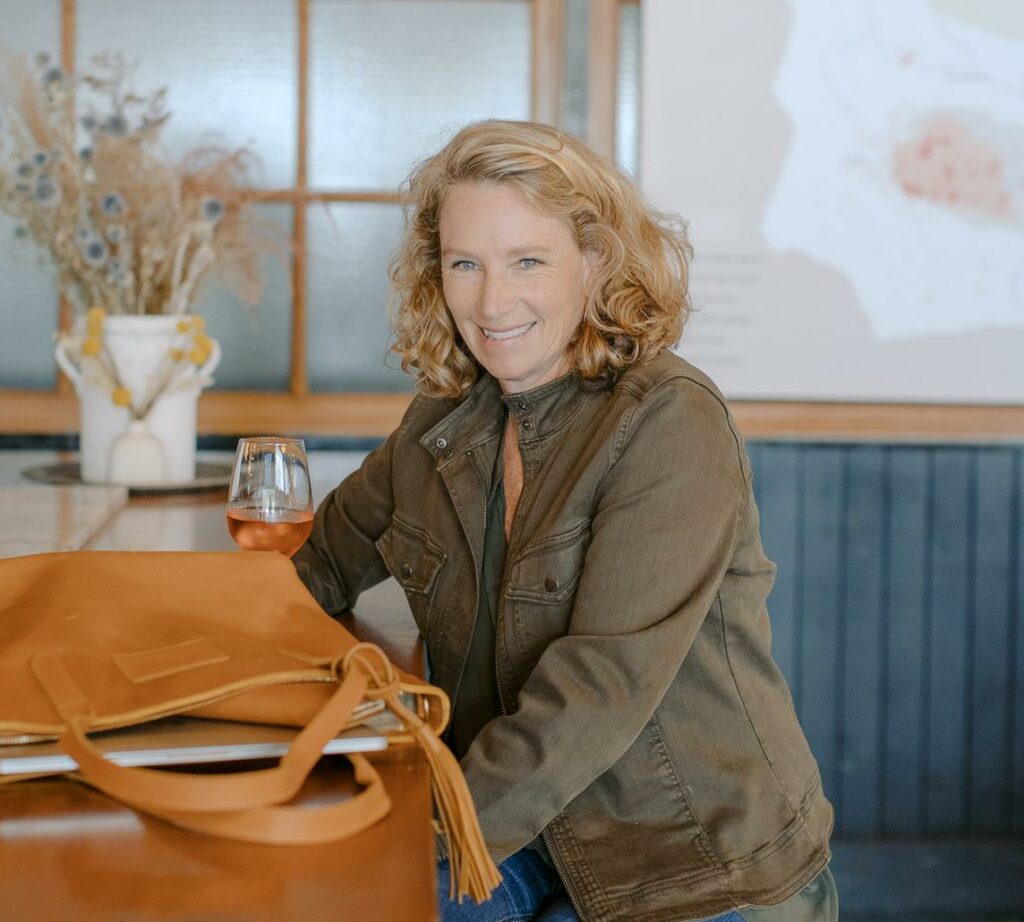
From Idea Person to Restaurateur
As a little girl, what did you want to be when you grew up?
“My mother recently showed me what I wrote at 8 years old when my teacher asked that question. I said I wanted to be a genius. I guess that didn’t work out!” she laughs.
After studying sales and marketing in college, Sherry landed her first serious job with IBM, selling computers, about which she knew nothing. The next big turning point was working for a burgeoning business doing “ideation and trend research” for Target, to understand what values were behind people’s purchasing decisions.
“We covered lifestyle, food, home, garden … traveled the world looking for the latest, greatest trends. … It was creative and fun. You try to grasp what people like and why people behave a certain way in purchasing decisions? Target was very forward-thinking,” Sherry says.
“Some big companies are trying to make positive changes,” she reflects. “They try to understand what consumers are actually looking for. If a company wants to sell organic cotton or organic food to attract customers, it has to be at a price point customers can afford. People live paycheck to paycheck and to provide healthy food for your children on a budget, it’s difficult.”
After 14 years and lots of travel, Sherry wanted to be home more in Santa Barbara with her two daughters. She did some branding work for the Santa Barbara Public Market on a one-year contract.
“Literally the day I was done, I was approached by a real estate developer, Brian Kelly, who owned property in this neighborhood. He had purchased this building and had, I think, eight buildings at the time. He said, ‘Let’s take a walk.’ So we walked around this neighborhood, which at the time was undeveloped. I always use the word ‘derelict,’ because buildings were kinda falling down and people were living in their cars.”
Sherry saw something else in the neighborhood.
Revisioning the Funk Zone
“It was seeded with really valuable, interesting, creative people. Lots of artists here … you can’t give them enough credit … galleries, workshops, studio spaces. The Urban Wine Trail started here, and there was a big surf community, lots of surfboard shapers. We didn’t create the Funk Zone, but we were the first to come in with a major investment. And this building was kind of the center of it.”
Brian walked her around. “He knew he had something potentially exciting, a cool warehouse space one block from the beach, one block from State Street. He said. ‘I know good real estate because that’s what I do. You’re the idea person. … Who do I put in these buildings? How do I program it together?’”
I’ve always wanted to run a restaurant. ‘How hard can it be?’ I actually said that out loud!
– Sherry Villanueva
“It was complicated,” Sherry sighs. There are many complicated zoning policies that she had to understand, policies that can discourage adaptive reuse of old buildings. The space where the Lark is had been the old Bay Cafe, so it was already zoned for a restaurant so let’s do a restaurant, but the space where the bakery resides was zoned for manufacturing. So, she says, “We did a production bakery because it qualifies for manufacturing.”
She began imagining a restaurant, the look and feel. “I created a vision board, which is how I do everything, in pictures and color, a whole vision for the restaurant and said to Brian, ‘Here, this is the restaurant you should put there! Now go find yourself a restaurant company.”
It wasn’t so simple. “A lot of restaurant concepts came in. Because the neighborhood was so dilapidated, the concepts were kind of dilapidated, too. I kept saying, ‘We’re trying to elevate. We want people from Montecito,’ and they said, ‘No way will anyone from Montecito ever come to the Funk Zone.’ And we insisted, ‘Yes, they will!’”
Elevate, elevate … was the word we used over and over again. We want to elevate the neighborhood, elevate the property, elevate the dining experience in Santa Barbara. Let’s make this the best, highest-quality restaurant and we’re going to do it in this funky warehouse.
– Sherry Villanueva
Sherry says, “Elevate, elevate … was the word we used over and over again. We want to elevate the neighborhood, elevate the property, elevate the dining experience in Santa Barbara. Let’s make this the best, highest-quality restaurant and we’re going to do it in this funky warehouse.”
Nobody rose to the occasion, at least not to Sherry’s or Brian’s satisfaction. “So I said to Brian, ‘I’ve always wanted to run a restaurant. How hard can it be?’ I actually said that out loud!”
Creating Community
Sherry laughs at her naivete now, but she hasn’t just succeeded with The Lark, but with her other restaurants and bars, La Paloma, Pearl Social, Loquita, and including a soon-to-open restaurant in San Juan Capistrano, La Vaquera. Sherry’s visions are collaborations with the artisans and chefs who work with her, and with the community.
“I really believe that a restaurant has the ability to shift a neighborhood, unlike a retail store or a gym, which are cool, important things in a neighborhood, but they can’t change the whole neighborhood. But a restaurant can, because it’s this constant beacon of social interaction, where people can even bring their dogs. Everything we did at The Lark was about community. We have a communal table for people. It’s all share-plate dining, so we are encouraging people to have a conversation. It’s this whole vibe.”
Sherry continues, “In all of our restaurants, we start with an idea, and the idea is more about ‘What does the neighborhood want?’ The idea isn’t, what does Sherry want or what does the chef want?”
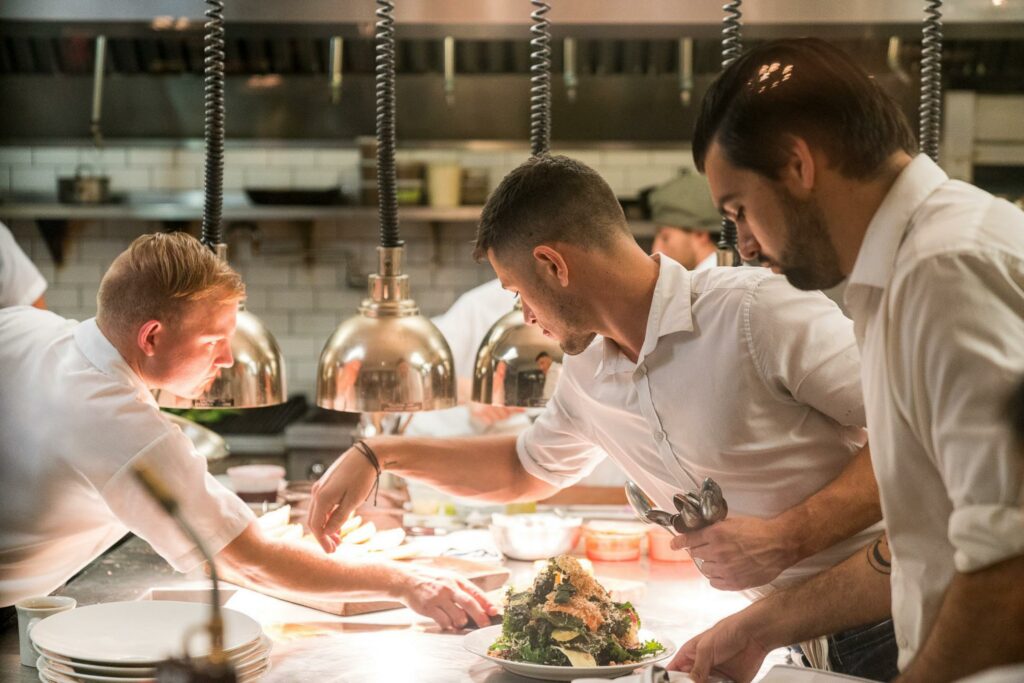
Sherry and Brian, through their Acme Hospitality company, have expanded into historic lodgings, and revitalized two nineteenth-century hotels in Northern California, the Holbrooke Hotel in Grass Valley, and The National Exchange Hotel in Nevada City. They also refurbished a mid-century hotel in Palm Springs, the Azure Sky. “Brian has a love for repurposing old buildings instead of tearing them down,” she says.
Here in Santa Barbara, much of their success is due to an extended family of regional producers, vintners, fishermen, ranchers, farmers. “It’s unbelievable what’s within ten miles of here. We wrote a cookbook while building The Lark with profiles of fishermen, ranchers, and farmers.” The restaurant shared its recipe for Ras El Hanout Spiced Zucchini With Saffron Aioli, Preserved Lemon, Crispy Squash Blossom, and Dill. She also wrote about the work crew of carpenters, tile layers, and electricians who built the Lark.
“I wanted to interview one of the workmen for the book and he was nervous at first. When he understood it was to pay tribute to the people on the project, he was so moved, almost to tears, and said, ‘No one ever even asked me my name.’” When the Lark was done, she hosted a big party for the workmen and their families.
Greening the Restaurant Business
There’s a tension in running busy and successful eateries while being as environmentally responsible as possible, and Sherry always aims to improve. “We try to do the best we can with those kinds of programs. We’re not all the way there. It’s one of the things we talk about every year, moving more toward sustainability, and we make progress every year. But we’re not where we want to be. … There’s cost considerations.” She investigated solar power, but it didn’t pencil out.
“You make baby steps. A hundred percent of our to-go items are compostable, and that’s a cost.” The Lark was also one of the first big restaurants in Santa Barbara to take on the city composting program. “It’s very strict. … We have to train our team. Two small violations and you’re out of the program.” Composting decreases the trash load, which lowers cost. But it’s difficult to be vigilant amidst the chaos of a busy kitchen.
I really believe that a restaurant has the ability to shift a neighborhood, unlike a retail store or a gym, which are cool, important things in a neighborhood, but they can’t change the whole neighborhood. But a restaurant can, because it’s this constant beacon of social interaction.
– Sherry Villanueva
Sherry again emphasizes community. “You’ve got a community that you’re serving, you’ve got a community of producers that you’re providing an outlet for their products, you’ve got community connection. We’re deeply involved with a whole bunch of nonprofits. …. That’s community, and why the restaurant matters. It’s much more than dinner!” she says with a smile.
As part of the community, Sherry aims to make every customer happy, but it’s not always possible. She recalls a customer in the bakery, “She said, ‘What do you have here that’s gluten-free, sugar-free, and fat-free?’ And without thinking, because sometimes my filter doesn’t drop down fast enough, I said, ‘We can call it the Why Bother? Bakery.’ … It’s a bakery! Maybe go have a salad somewhere; you’re in the wrong place.”
Learn more about Sherry’s endeavors at Acme Hospitality.

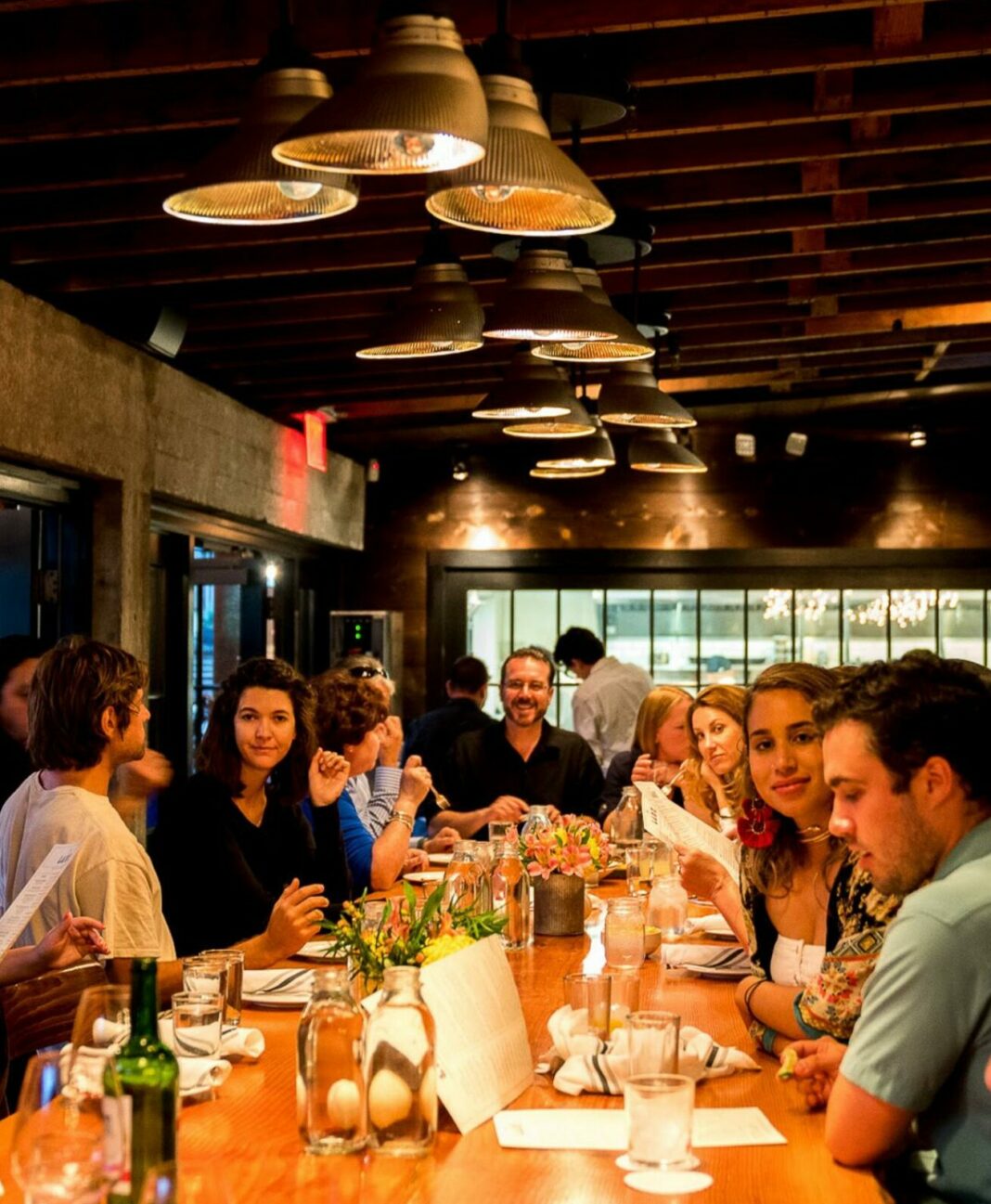
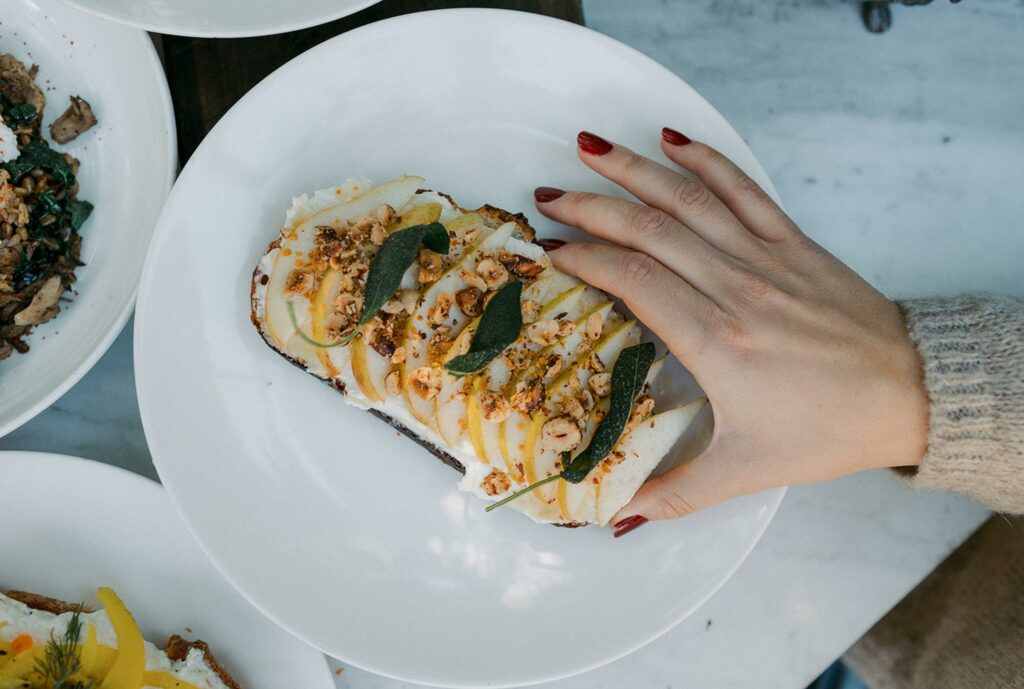
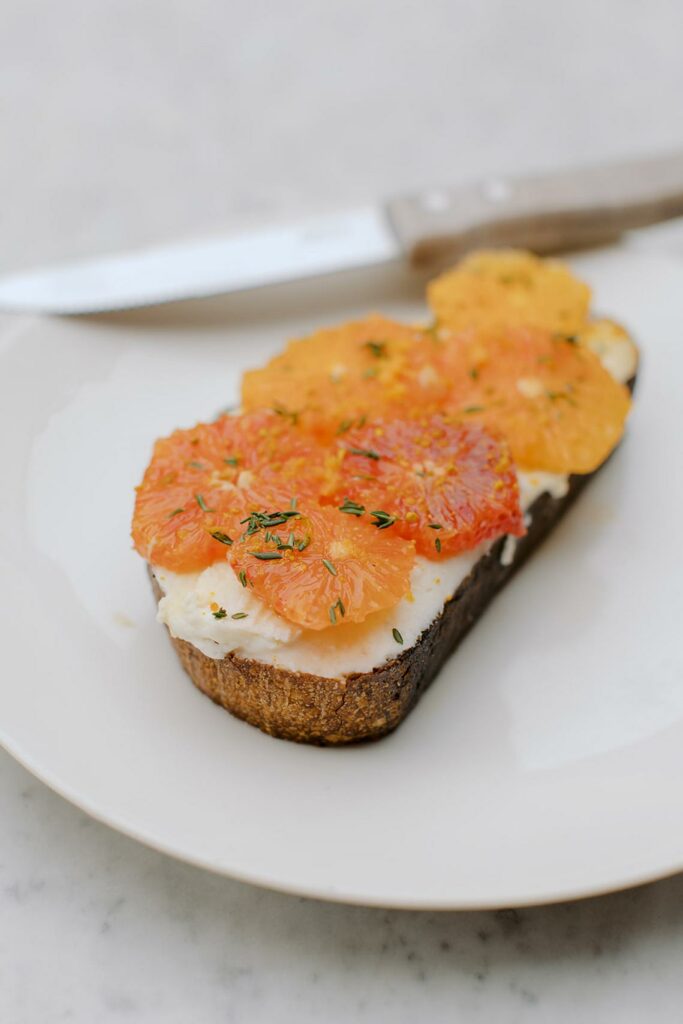
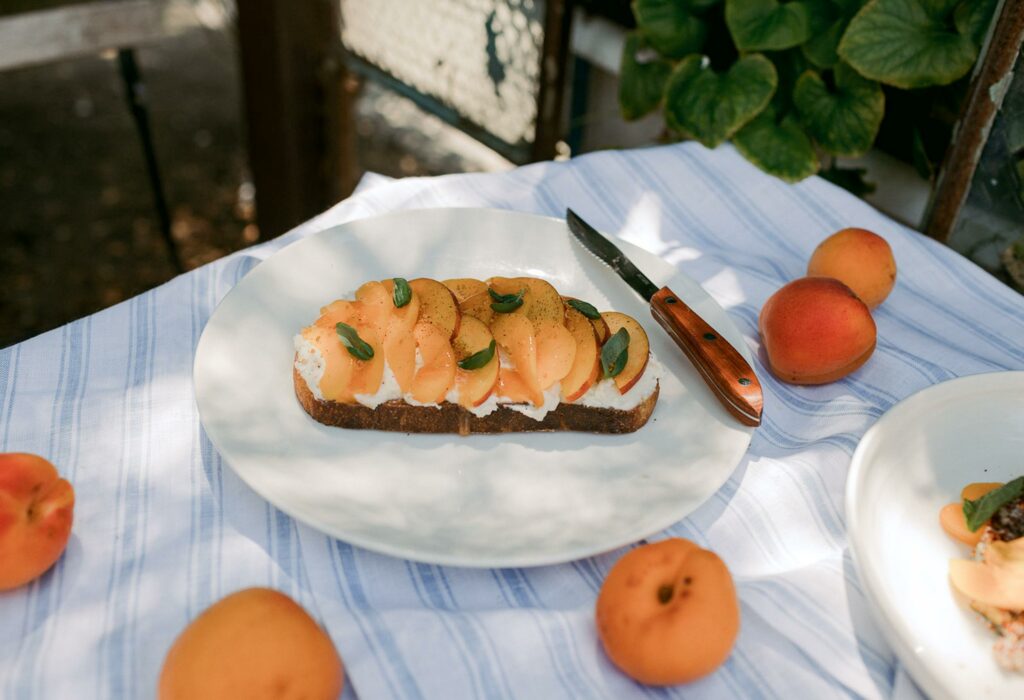
More like upscaling away from the locals. This is not about locals, it’s about making boat loads of money. And driving away the last of the locals. I am 3rd generation Santa Barbarian, retired teacher being forced to leave my home town, because of the ridiculous cost of living here, driven by projects like this that cater to an elite.